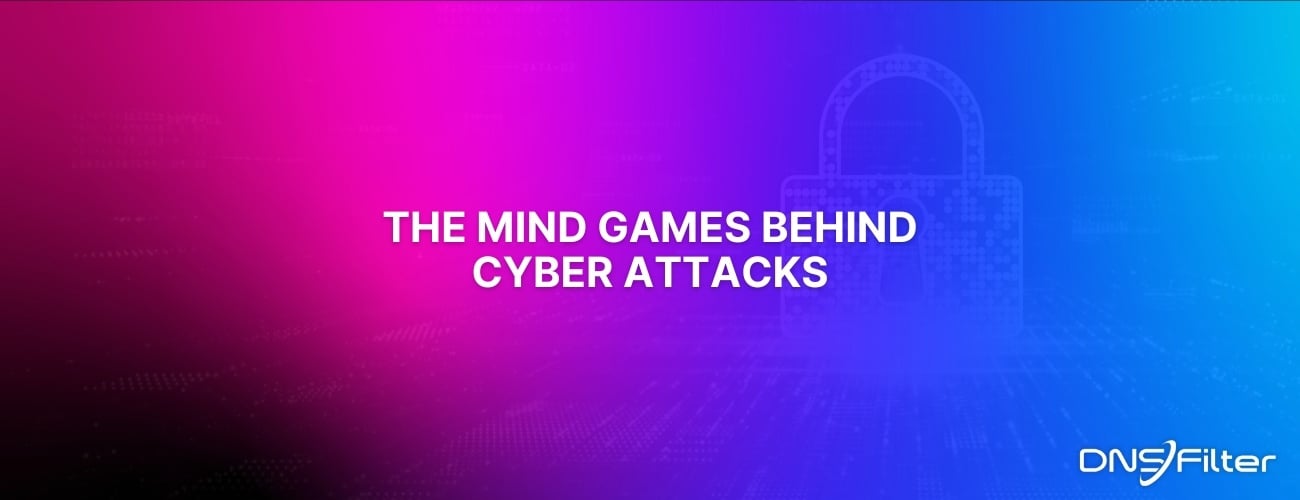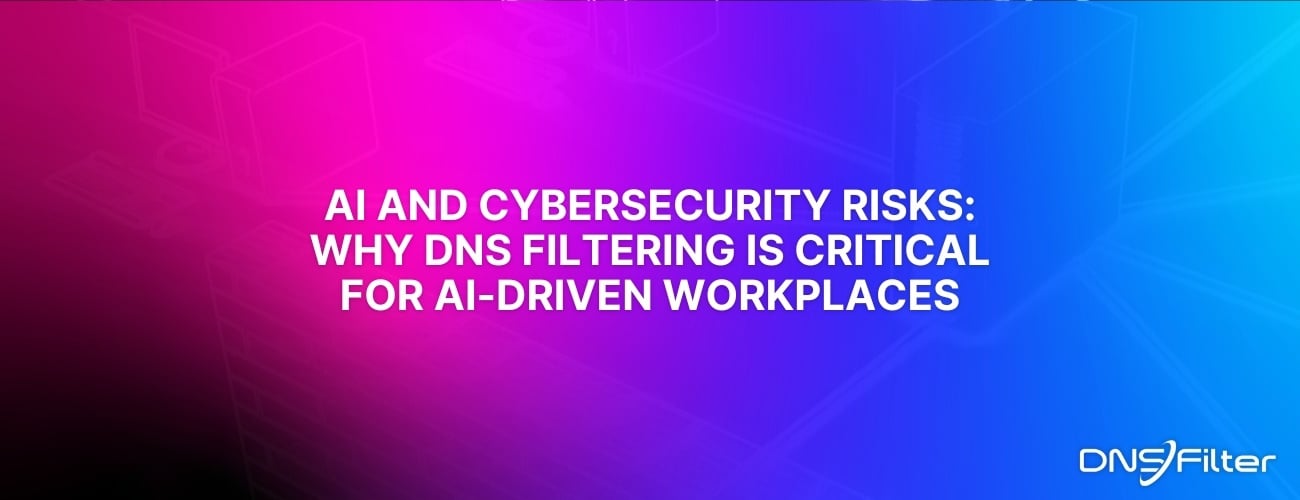Share this
Cisco Umbrella Pricing, Licensing, & Package FAQs
by Kory Underdown on May 13, 2024 4:30:06 PM
As millions of Cisco users prepare for Umbrella Roaming Client's end-of-life, what are your options?
The upcoming end-of-life for Cisco Umbrella Roaming Client has left many users of Umbrella feeling uncertain about the next steps to take. If you're among them, you may be reconsidering which protective DNS solution best suits your organization.
What's the Story Behind Cisco Umbrella Roaming Clients?
Cisco Umbrella emerged in 2015 following Cisco's acquisition of OpenDNS. Over the years, there have been several updates concerning OpenDNS, such as the end-of-life for legacy pricing and the compulsory shift to other products. However, the most recent news revolves around the impending end-of-life for OpenDNS's successor, Cisco Umbrella.
So, what does this entail for you?
Users of Cisco Umbrella with the Roaming Client installed on their endpoint will need to transition to Cisco Secure Client, which serves as the replacement for both Cisco Umbrella RC and AnyConnect. This move is expected to bring about price hikes and will necessitate effort to replace the roaming clients across all your endpoints.
What are Cisco Umbrella's pricing and licensing options?
Cisco Umbrella employs a subscription-based pricing model, where costs are determined by the number of users, the selected package, and the term of the subscription. This model provides the flexibility to choose from a variety of license types and options, catering to different levels of security needs—from basic DNS filtering to advanced threat protection and intelligent proxy features.
Cisco Umbrella offers several pricing tiers, each with its own set of features and capabilities:
Professional Tier: This entry-level option is best suited for small to medium-sized businesses looking for basic DNS-layer security. It includes malware blocking, content filtering, and activity log retention for a straightforward security solution.
Insights Tier: Designed for organizations requiring more sophisticated threat intelligence and protection capabilities. This tier adds advanced security features such as identity-based policies, secure web gateway, and integration capabilities with third-party platforms.
Platform Tier: The most comprehensive package, offering full access to Cisco Umbrella's security framework. This includes everything in the Insights tier, plus custom API integration, dedicated customer support, and access to Cisco's Secure Internet Gateway (SIG) for enhanced protection and control.
Cisco Umbrella license types. What's changing?
Cisco Umbrella provides a range of licensing options to suit different organizational needs. This section breaks down the license types and packages available, and discusses how they will be impacted by the transition:
Professional: Tailored for smaller organizations or those with straightforward security needs. This license focuses on basic DNS-layer security, malware protection, and content filtering.
Insights: Aimed at mid-sized to larger organizations requiring deeper insights into threats and more granular control over security policies. It includes everything in the Professional license, plus advanced threat protection and secure web gateway functionality.
Platform: The most comprehensive option, suitable for large enterprises or those with complex security requirements. This package offers full functionality, including cloud-delivered firewall, secure web gateway, DNS-layer security, and threat intelligence.
SIG Essentials and SIG Advantage: These are part of Cisco's Secure Internet Gateway offerings, providing advanced protection and secure access to applications, regardless of location or device.
What is the impact of Cisco Umbrella's End of Life on licensing?
With the announcement of Cisco Umbrella's end of life, there's a significant impact on how current licenses will transition. Here's what organizations need to know:
Transition to Cisco Secure Client: The functionalities of the Umbrella Roaming Client are being integrated into the Cisco Secure Client. This means that existing Cisco Umbrella customers will need to transition to the new platform.
Future Licensing Structure: As Cisco moves towards a more integrated security approach, the licensing structure is expected to evolve. This may involve consolidating licenses or introducing new packages that encompass a broader range of security features.
Continued Functionality Post-End of Life: Cisco has assured that even after the end-of-life date, the Roaming Client will continue to function for customers unable to complete the upgrade immediately. This provides a buffer for organizations to plan their transition without rushing or compromising their security posture.
Preparing for the future
Stay informed and prepare for the transition.
Attend the on demand webinar for Migrating from Cisco Umbrella to DNSFilter.
What is Cisco Umbrella's security subscription?
A Cisco Umbrella security subscription encompasses a comprehensive suite of cloud-delivered security services designed to protect users, devices, and networks. The benefits of an Umbrella Security subscription offer preventive protection, comprehensive coverage, enhanced intelligence, and simplified management. However, it's important for organizations to weigh these benefits against the potential limitations, including costs and integration challenges, to ensure that Cisco Umbrella aligns with their specific security needs and operational capabilities.
| Benefits | Limitations |
|
Intelligence and Visibility: Subscribers access Cisco's threat intelligence, enhancing the ability to identify and block emerging threats by analyzing data from millions of internet users. |
Cloud Dependency: Security effectiveness relies on cloud availability. Downtime or connectivity issues could impact protection. |
|
Simplified Management: Cisco Umbrella's cloud delivery simplifies security management, reducing complexity associated with on-premises hardware and software deployment and maintenance. |
Cost Considerations: For smaller organizations, the expense of a security subscription is a key budget factor. |
|
Preventive Protection: Cisco Umbrella operates at the DNS layer to block requests to malicious sites before a connection is established, providing a first line of defense. |
Infrastructure Integration: Cisco Umbrella integrates with various systems, but compatibility issues may demand extra configuration. |
|
Comprehensive Coverage: The subscription extends security policies and protection to remote workers, ensuring consistent security regardless of location or device. |
Learning Curve: Transitioning to cloud security may require IT staff training to maximize subscription benefits. |
What are the alternatives? Cisco Umbrella vs. DNSFilter
Cisco Umbrella Pricing Structure
Cisco Umbrella's pricing tiers range from basic DNS-layer protection to more advanced threat intelligence and secure web gateway functionalities. Pricing is generally subscription-based, calculated per user. While offering a wide range of security features, Cisco Umbrella's cost can be a consideration for organizations, especially those requiring extensive coverage or advanced capabilities.
DNSFilter Pricing and Value Proposition
In contrast, DNSFilter provides a straightforward and transparent pricing model aimed at delivering cost-effective DNS security solutions without compromising on quality or features. Key advantages of DNSFilter include:
- Cost-Effectiveness: DNSFilter offers a pricing model that is generally more accessible than Cisco Umbrella's, with flexible plans that can suit a variety of budgetary constraints.
- Feature-Rich Solutions: Despite its competitive pricing, DNSFilter does not skimp on features, offering malware and phishing protection, content filtering, and threat intelligence that rivals or exceeds that of Cisco Umbrella.
- High Reliability: DNSFilter ensures high uptime and reliability, with a global network of DNS servers that provide fast and secure DNS resolution for users everywhere.
- Ease of Use: The platform is known for its user-friendly interface, making it easier for organizations to implement and manage their DNS security without extensive training or technical expertise.
How does DNSFilter assist with subscription or license challenges?
Dedicated Transition Assistance: DNSFilter provides dedicated support teams to assist with the migration, from initial planning to execution. This support includes technical assistance to configure DNSFilter settings to match or exceed the protection levels previously achieved with Cisco Umbrella.
Flexible Licensing: DNSFilter offers flexible licensing options designed to accommodate the specific needs and budgets of organizations transitioning from Cisco Umbrella. This flexibility ensures that businesses can select a plan that aligns with their user count, security requirements, and financial constraints without facing the subscription or license challenges associated with their current provider.
Trial Periods and Demonstrations: To help organizations feel confident in their decision to switch, DNSFilter offers trial periods and live demonstrations. These opportunities allow businesses to see the platform in action, ensuring it meets their needs before fully committing to the transition.
How to Migrate from Cisco Umbrella: Steps for a Seamless Transition
Step 1
Inventory Your Current Cisco Umbrella Configuration: Document all active policies, rules, and custom settings within your Cisco Umbrella account to ensure no critical configurations are overlooked during the transition.
Step 2
Engage with DNSFilter’s Support Team: Early engagement with DNSFilter’s support and transition teams can provide valuable insights and guidance, making the transition smoother and more efficient.
Step 3
Deploy DNSFilter in a Test Environment: Before fully migrating, deploying DNSFilter in a controlled test environment allows for thorough testing of all configurations and policies without affecting your live environment.
Step 4
Customize DNSFilter Settings: Utilize the information gathered from your Cisco Umbrella setup to customize DNSFilter settings, ensuring continuity in security policies and practices.
Step 5
Gradual Rollout: Consider a phased approach to deploying DNSFilter across your organization, starting with less critical systems and gradually expanding coverage. This method minimizes disruption and allows for adjustments as needed.
Step 6
Monitor and Adjust: After the transition, continuously monitor the performance and effectiveness of DNSFilter, making any necessary adjustments to policies and settings to ensure optimal protection and functionality.
How to transition from Cisco Umbrella to DNSFilter?
Moving from Cisco Umbrella to DNSFilter is a strategic shift for organizations aiming to boost DNS security and tackle subscription issues. DNSFilter makes the transition from çisco Umbrella as seamless as possible, ensuring that organizations can maintain their existing security policies without interruption.
With proper planning and support from DNSFilter, businesses can smoothly transition while maintaining security policies, ensuring uninterrupted network protection. DNSFilter is dedicated to offering the needed help and flexibility for a smooth and beneficial change for all organizations.
Additional resources:
Learn about our Cisco Umbrella alternatives or sign up for our special Cisco Umbrella End of Life customer offer to ensure your organization remains protected without breaking the bank.
Attend the On-Demand Webinar for Migrating from Cisco Umbrella to DNSFilter to gain insights and guidance for a smooth transition.
Discover Exactly What You Need to Know about the Cisco Umbrella RC End-of-Life to prepare your organization for the future of DNS security.
Share this
 Artificial Intelligence in Cybersecurity
Artificial Intelligence in Cybersecurity
The term “artificial intelligence (AI)” was first coined in 1956. While progress stalled for many years, we can thank IBM for sparking real interest in AI as viable technology: First in 1997 when the computer Deep Blue defeated a chess champion and again in 2011 when Watson won Jeopardy!
 The Mind Games Behind Cyber Attacks
The Mind Games Behind Cyber Attacks
Hackers have long understood that the most sophisticated firewall is no match for a well-placed psychological trick. While many focus on the technical prowess of cybercriminals, the real magic often lies in their ability to manipulate human behavior. By exploiting our natural tendencies and cognitive biases, hackers can slip past even the most robust security systems. It's not just about cracking codes; it's about cracking the human psyche.
 AI and Cybersecurity Risks: Why DNS Filtering is Critical for AI-Driven Workplaces
AI and Cybersecurity Risks: Why DNS Filtering is Critical for AI-Driven Workplaces
Artificial intelligence is transforming business operations, automating everything from customer service to data analysis. But with these advancements come new security challenges. AI-driven cyber threats are becoming more sophisticated, enabling attackers to automate phishing campaigns, generate malware, and exfiltrate sensitive data at scale. Without proper safeguards, AI tools can unintentionally leak corporate secrets or connect to malicious ...


